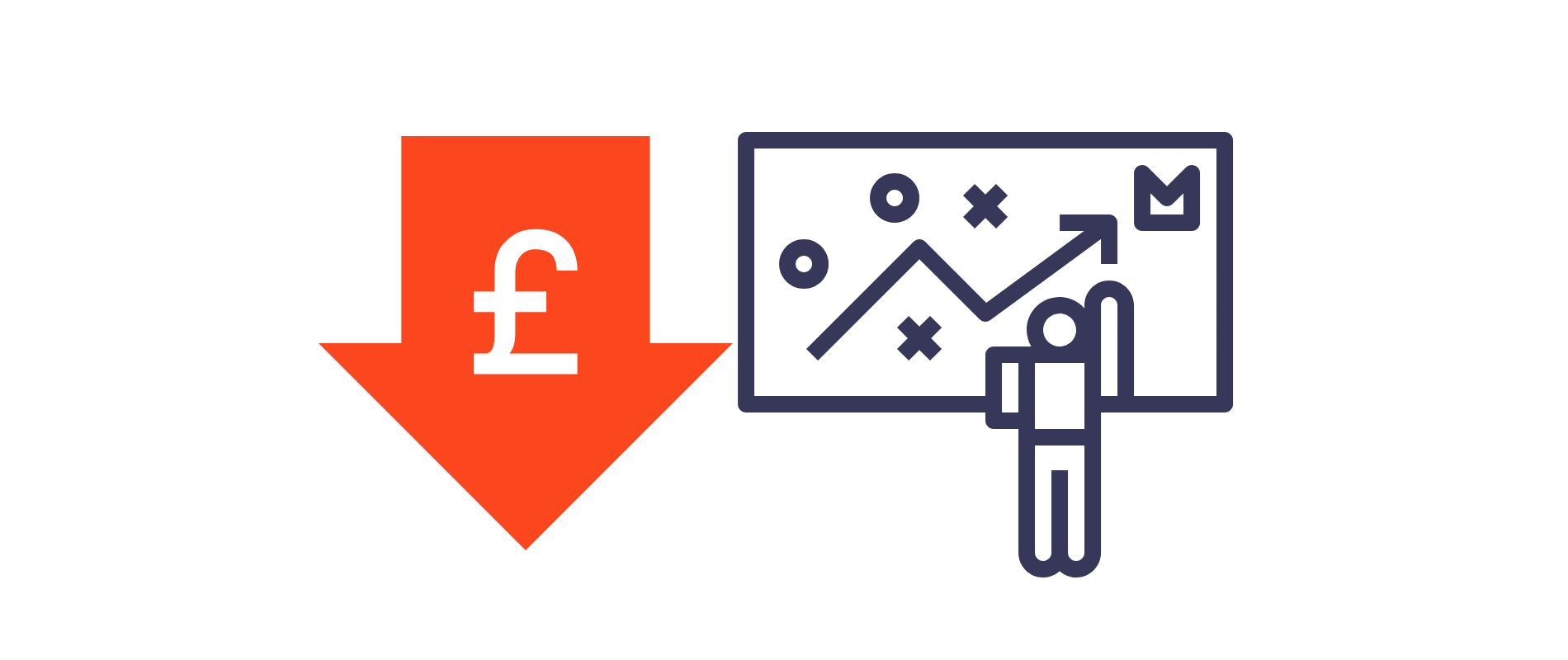
Get weekly
HubSpot updates
What if we told you there was a secret sauce for rapid growth? According to Forrester, businesses that align sales and marketing teams see an average annual growth rate of over 30%. For those that don't, they see an average growth rate of negative 7%! For SaaS companies, gluing your sales and marketing teams together isn't just a "disruptive" strategy that can help you score a few new leads; it can literally make-or-break your entire business model.
Sure! In the so-called "good old days" of software, marketing teams were responsible for supplying juicy leads to the sales team, and the sales team were responsible for selling physical discs to those healthy leads. But, what happens when software can be instantly deployed on the cloud at any time and any place? Does it really make sense to silo your sales and marketing teams to unique objectives?
Or are they both working on the same goal? Let's talk about why the biggest SaaS companies in the world are using marketing and sales alignment strategies to boost their sales, drive growth, and create a longer-lasting, more impactful software solution.
What is sales and marketing alignment anyway?
Sales and marketing alignment is the use of data-driven analytics and strategy (a.k.a "Smarketing") to glue both marketing and sales teams to a common objective. In the traditional SaaS marketing model, marketing departments are responsible for securing leads through efforts like ads, SEO, social media, etc. And SaaS sales teams are responsible for following up with leads and pushing them down the pipeline.
With Smarketing, sales and marketing teams are on the same page, and they're often integrated into the same department. Why? Get this:
- Up to 70% of B2B content isn't useful because it's not relevant to buyers.
- Up to 75% of marketing-generated leads are never converted into sales.
In other words, the average SaaS marketing and SaaS sales team are both so siloed that they aren't actually working towards the same objectives. Don't believe us?
What KPIs does your sales team use?
What KPIs does your marketing team use?
Do those KPIs work together?
Or are both teams responsible for padding their own stats?
Typically when we start working with a new SaaS client, the sales teams KPIs tend to be around closing new deals and the marketing team’s KPIs will be driving a certain number of leads to handover to sales.
However, marketing and sales alignment is about breaking down barriers and making sure that both teams are working towards the exact same objective — converting customers.
What in the world is "Smarketing"?
HubSpot defines Smarketing as "an alignment of sales and marketing teams created through frequent and direct communication between the two."
Basically, you want to create measurable, shared goals with both your SaaS marketing team and your SaaS sales team in the same room. Then, you want to measure and discuss those goals regularly with both departments as stakeholders in the conversation. You want to take sales and smash it directly into marketing... thus... "smarketing."
In the past, marketing leads led to cold sales pitches. There's virtually no such thing as a cold call anymore. Your prospects have been reading your blog, watching your videos, reading your reviews, and Googling your product way before they get in touch with your sales team.
If your sales team doesn't connect with your marketing team, they're going into each pitch at a disadvantage. When marketing and sales combine, they can start conversations based on where prospects are actually at in your funnel. If a prospect has read a whitepaper, sales needs to know. When marketing and sales come together under Smarketing, everyone knows exactly how to treat clients and prospects at each step in the funnel.
How do you enable smarketing?
Obviously, smarketing includes KPIs, business intelligence, hefty amounts of communication, and a culture of shared responsibility. But it all starts with a plan. You have to map out exactly where you need to focus your efforts. For starters, it's great to figure out the conversion rates of marketing materials.
So, if a prospect views a webinar before connecting with sales, you want to know the average conversion rate of that type of action. Once you start to map these out for each action, you get a better sense of exactly what you can expect from marketing and sales. Service Level Agreements (SLAs) can help solidify responsibilities, but you need to create them with both teams in the same room.
As you begin to figure out how marketing really impacts your sales team in the modern, inbound-driven age, you can begin to hyper-focus on the areas that you're having difficulty with. Is the attraction stage of the funnel having conversion frictions? Do you spend an average of £10 securing a healthy lead in this stage, but you only have a 5% conversion rate? You may have an issue (depending on your service price).
Things can get complicated when you're mapping these out. You have to calculate your sales conversion rates, marketing spend, price, and lifetime value (LTV) to really pinpoint exactly how much you should be spending and where.
Imagine this scenario:
You're a SaaS company that sells marketing software at £1,500 per/month. Your marketing team spends an average of £350 per lead in the e stage of the funnel. Your sales team converts prospects in the engagement stage at a rate of 1%. Your overall LTV (ARPU/churn) is £36,000. You have a problem! You're paying £35,000 to convert one customer at this stage in the funnel, but you're only making £1,000.
The goal of Smarketing is to both understand your metrics AND to enable your sales team to boost those conversion rates by prying into marketing data. If you see something like this, you need to sit down and figure out the issue.
Creating a GamePlan
You need a GamePlan! To “smarket” your way to market, you need deep insights into your SaaS market, buyer personas, competitors, and pipeline to help align your internal teams together.
The idea is to generate all of those rich marketing materials based on both sales and marketing data. Then, you want to deliver that GamePlan to the marketing department, so that they understand exactly how their marketing materials impact sales — and vice versa.
Without a GamePlan, you're in the dark. Marketing doesn't understand how to spend the budget, and sales doesn't understand the lead generation process. At SpotDev, we're heavy advocates for strategy-driven Smarketing. And, we deliver this value to our clients via our GamePlan. It's a comprehensive set of documents that defines everything marketing needs to know.
Unfortunately, all of the market research, competitive analysis, buyer personas, and other marketing strategies can be incredibly resource-draining for in-house teams to develop. Plus, you risk running into bias frictions when you're working off of your previously generated in-house assumptions.
We can help. At SpotDev, we build savvy GamePlans for SaaS brands looking to break down the walls between marketing and sales with a sledgehammer.
Are you ready to “smarket”?
At SpotDev, we help SaaS brands grow their pipelines and hack their funnels with best-in-class marketing strategies and Smarketing alignment. Are you ready to grow faster and boost your overall LTV? Contact us.
Interested in boosting your Smarketing capabilities?
Download our free spreadsheet that will help you discover exactly where you have sales pain points.

